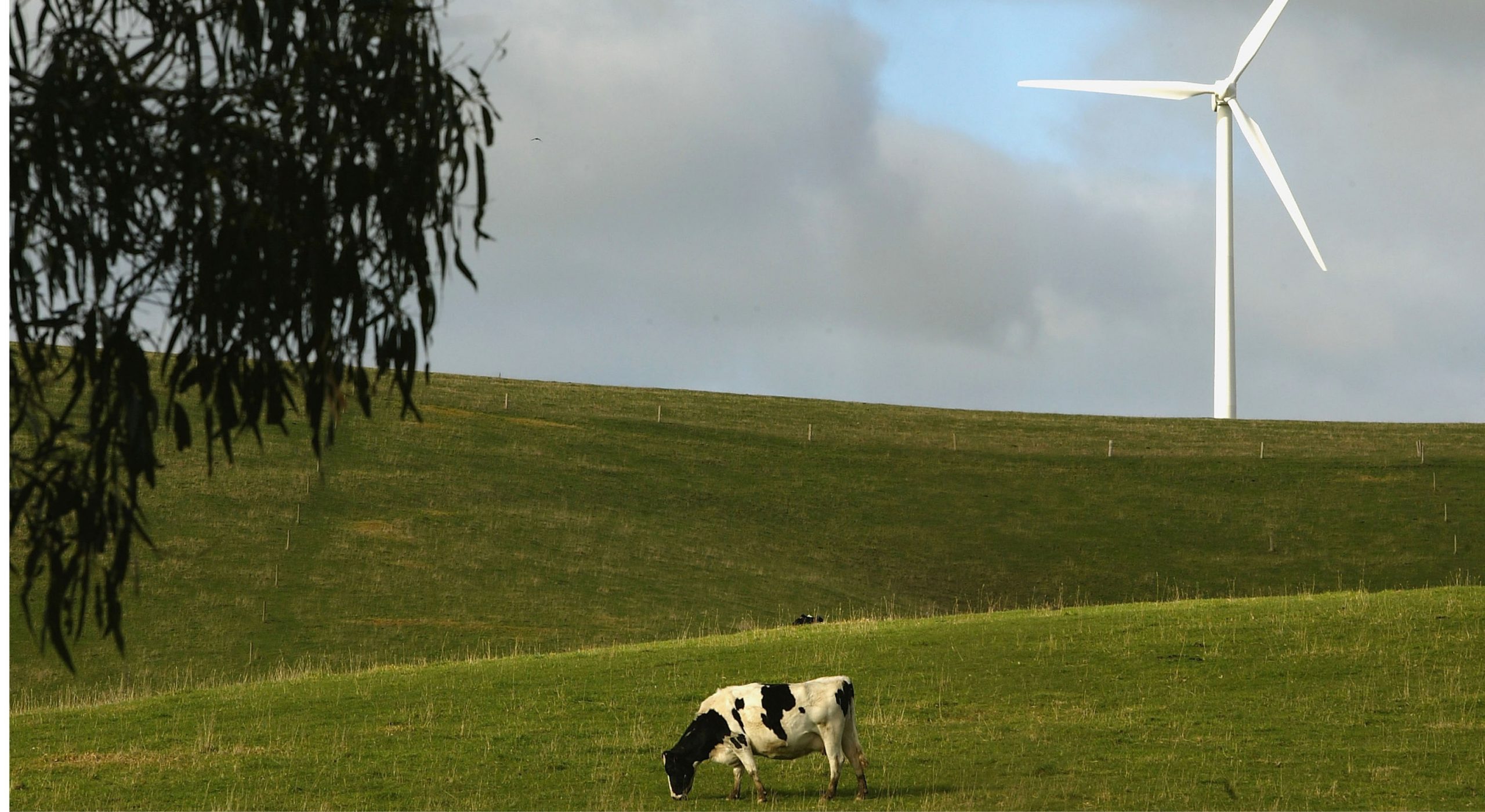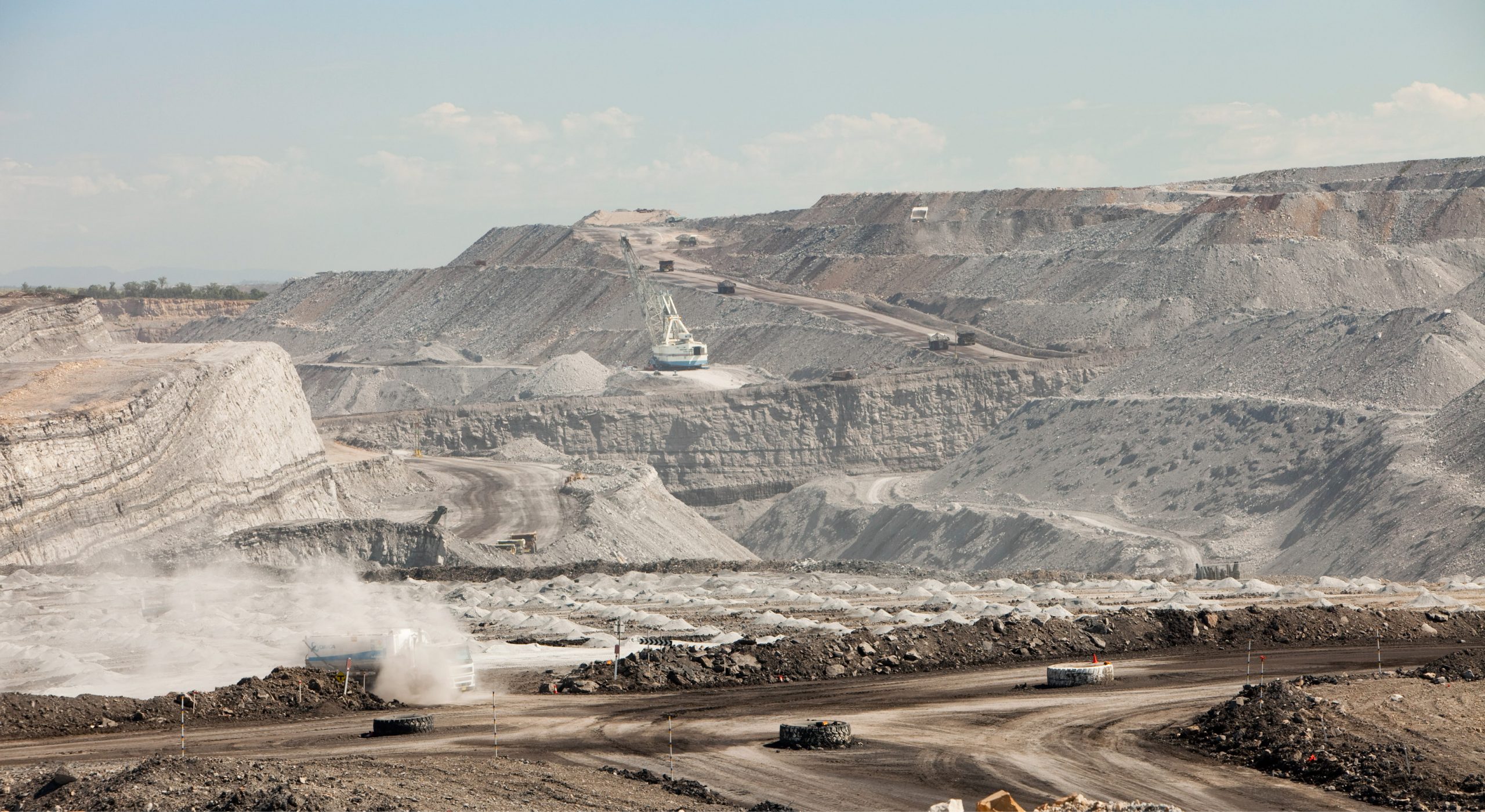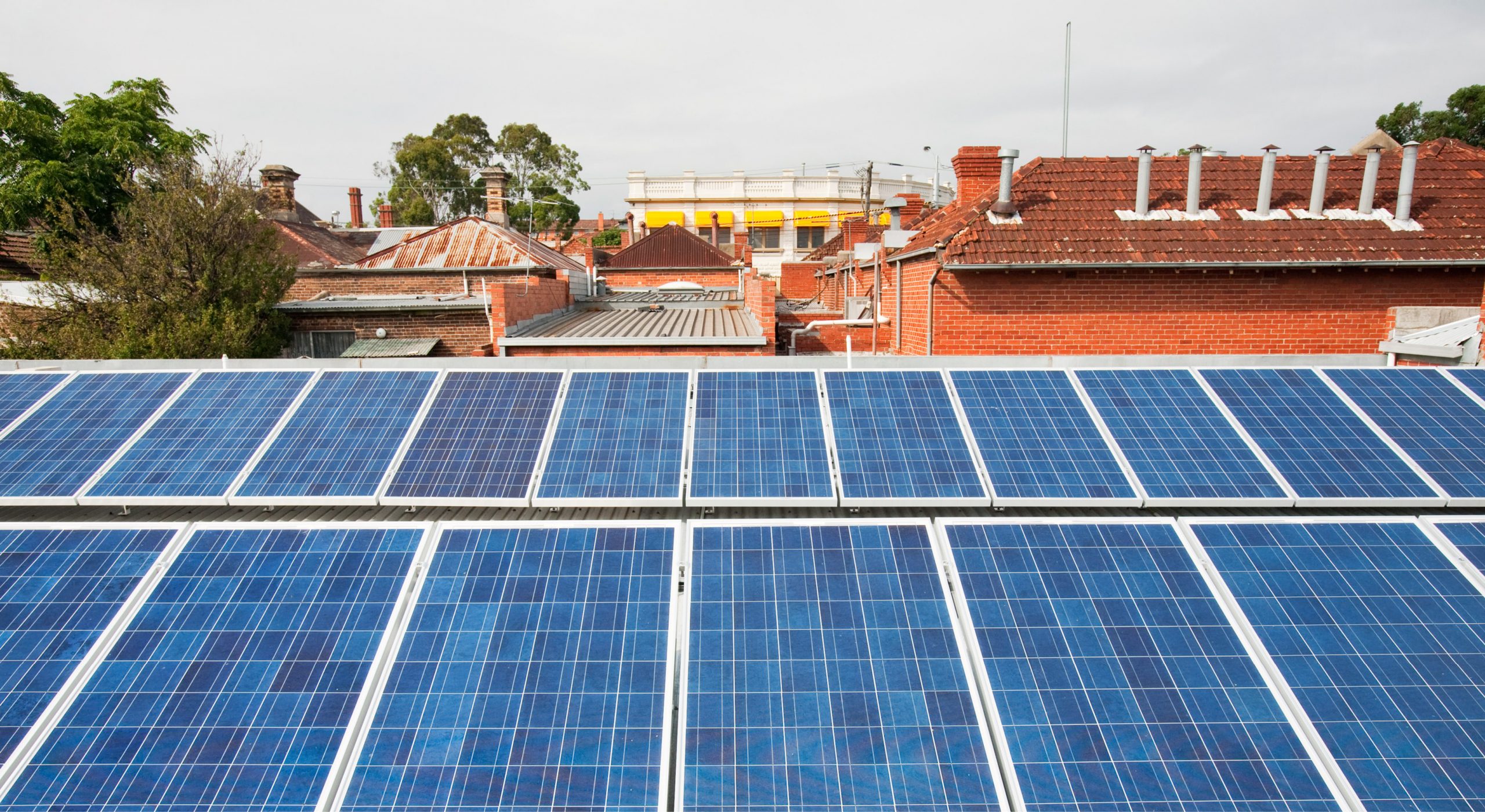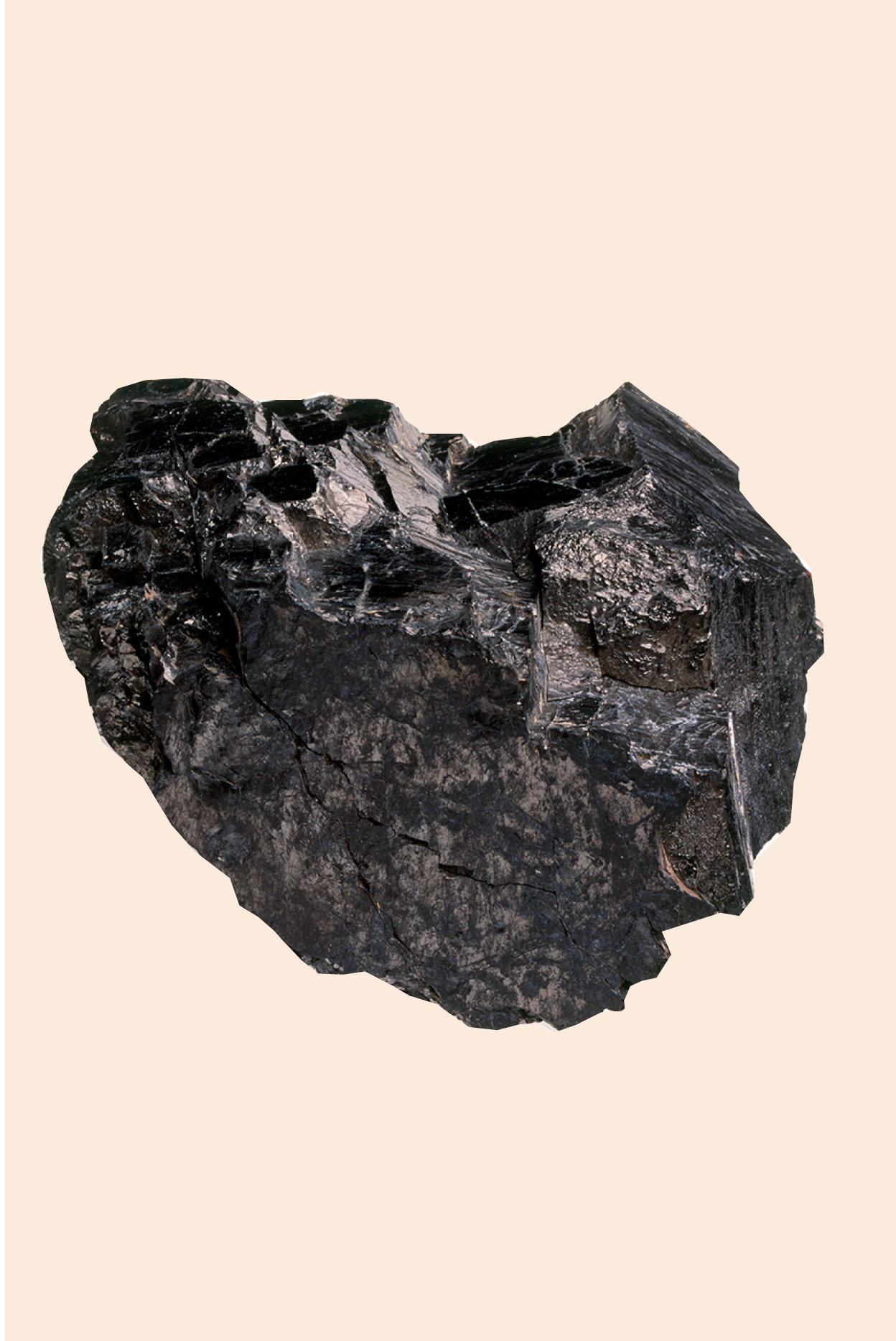Soaring flames. Singed koalas. Holidaymakers being evacuated by the military. The onslaught of images in the media – here and internationally – has been both horrifying and inescapable.
In contrast, meaningful discussion around climate change has been much more difficult to come by. In Australia, the conversation around climate has been polarised, emotional and, at times, disingenuous. No wonder Google searches for “climate change” and “is climate change real” have soared since November.
For the record, climate change is real, according to everyone from NASA to the CEO of global mining giant Rio Tinto, and urgent action is needed to cut emissions in order to halt rising temperatures, globally.
The real question is: what happens next? We asked four experts – on climate science, economics, politics and energy – to provide some context to the debate, as well as their opinions on what happens now.
“We need to rapidly reduce emissions”
Dr Martin Rice is the head of research at the Climate Council
Climate scientists have been warning about the growing threat of climate change for over three decades now. Australia had the very first assessment of how climate change would escalate bushfire risk back in 1988.
As a climate scientist, seeing the devastation and impact of the bushfires has been heartbreaking. It makes me incredibly angry.
In Australia the issue of climate change has been very divisive. I started my career in Japan and then Europe, and in Europe, it wasn’t a question of: ‘Is climate change real?’ It was accepted. Climate is happening; it’s a big risk and we need to manage it.
When I moved to Australia to do my PhD, it was like I had stepped back in the Dark Ages. In Australia [people] were still asking [of climate change]: ‘Is there such a thing?’
As a climate scientist it’s been heartbreaking to watch the devastation
But since the bushfires [began] I don’t think climate change is an abstract concept anymore. It’s happening, and the majority of Australians do understand that.
From here, Australia needs to rapidly reduce its emissions, and as one of the sunniest and windiest countries in the world, we have the opportunity to do that. Right now, South Australia gets 50% of its electricity from renewables, so it’s possible. It’s not without its challenges, but there are also huge employment and investment benefits.
The federal government needs to make a commitment to renewables, because investors rely on good policy signals from the government to invest. But government has no plan after 2020 for renewable energy. There’s no plan whatsoever.
The government’s emissions reduction target is woefully inadequate
In fact, the federal government has been missing in action for a long time when it comes to effective climate action. Its emission reduction target is woefully inadequate; it’s not aligned to science.
The government claims to be “meeting and beating” its climate targets, but it will meet its Kyoto targets because the targets were very low. It’s one of the weakest emission reduction targets [in the Kyoto Protocol] – they called it “The Australia Clause” – and it’s nothing to be proud about.
Australia’s approach to the [Paris Agreement] is downright dodgy, and in fact many of Australia’s allies, like New Zealand, the European Union, and the UK, have said that [using carryover credits] is not in the spirit of the Paris Agreement.
As well as reducing emissions, Australia needs to become more resilient to a changing climate. We need to look at the way our infrastructure is able to cope with extreme weather, including bushfires. So that’s looking at building codes, and whether we can cope with catastrophic conditions, and even thinking about where people live when it comes to urban planning and zoning, and whether securing insurance is going to be an issue going forward.
But I do see hope. As humans we are creative and innovative – just look at the community response to those in bushfire-stricken areas of Australia. But the window to act is narrowing.

“We can’t replace coal-fired power overnight”
Robert Pritchard is the executive director of the Energy Policy Institute of Australia.
Climate change is an issue that is unprecedented in terms of scale, and complexity and cost.
A lot of people will say that the solution is wind power or the solution is nuclear, but all of that is irrelevant until you acknowledge that climate change is caused by the global accumulation of greenhouse gases.
Climate change is a global phenomenon, not an Australian one. It cannot be addressed locally – only globally.
If you have a carbon price, [for example] it needs to be applied globally. An Australian scheme will reduce Australia’s competitiveness without reducing global emission volumes. And [carbon taxes] will increase domestic electricity bills.
In Australia, we depend on coal for production of about 80 per cent of our daily electricity, and [that makes us] pretty much average in terms of our domestic dependency on fossil fuels.
Climate change cannot be addressed locally, only globally
Where we are very different to other countries is in our exports. We are the number one exporter of gas, exported in the form of LPG, with Qatar, and we’re the biggest coal exporter in the world as well. There are countries like Japan that don’t have any natural gas or coal and that depend on Australia for the ongoing health of their economies. If we stopped exporting coal, those countries’ economies would be worse off.
But the bigger question, in my view, is what the alternative to coal would be. Weather-dependent renewables like solar and wind are only available when the sun is shining, the wind is blowing or the dam is full. They are also exceedingly costly.
There has been talk of a giant solar farm in the middle of Australia, but I don’t think it will stack up in my lifetime because there are a lot of technical issues to overcome. A transmission grid would have to be carefully built so it doesn’t melt, and it doesn’t lose energy.
In the past we’ve avoided nuclear power because we’ve been so well off with coal, gas and sunshine. Plus, historically, people have been concerned about radiation leakage. Another factor was the scale of nuclear projects, which were far too big for Australia’s size. But in the past decade, they’ve come up with smaller designs called small modular reactors.
The truth is that it’s not a case of ‘this technology’ or ‘that technology’. We need to be using all available technologies. But our power grid has been built up over a century and it’s going to take some decades to close down our own coal-fired operations and replace them with operations that will produce fewer greenhouse gases. We can’t do it overnight; it will take 30 or 50 years.

“Once you lose voters’ trust, it’s hard to get it back”
Mark Kenny is an academic and former chief political correspondent for Fairfax
Essentially, the Liberal Party has been engaged in a decade of denial, and there are people within both the party and the membership who are simply sceptical about climate change.
They regard it as a preoccupation of inner-city progressives and this emerges from time to time in the language they use. Only a few weeks ago the deputy Prime Minister, Michael McCormack, was talking about “woke capital-city greenies”…
There have been moments in the past few years when we could have acted. We could have gone with the emissions trading scheme recommended to Prime Minister John Howard in 2006/7; we could have stayed with Labor’s carbon trading scheme, or supported Bill Shorten’s policies to cut emissions in the last election.
But when it comes to the Australian public and climate change, support for action is a mile wide but regrettably just an inch deep – and whenever the public has had a choice between having to pay for carbon abatement or not, they’ve chosen the easier path.
In Australia, support for climate action is a mile wide but regrettably just an inch deep
The problem for Labor in the last election was that they failed to articulate and respond to the interests of traditional Labor voters in the big resource states of WA and Queensland. People are worried about losing their jobs as we transition to renewables. So Labor needs to come up with a policy that flies in both the city and the regions.
The answer probably lies in driving economic transformation and compensating the losers in that transformation. When you close down the coal industries in towns that rely on them, the people in those communities go broke. Their houses become worthless. So we might need some sort of Future Fund for them – to give them cash payments and buy their homes.
No one has really talked about that in the past but that’s actually where Labor’s positioning and policy has to go.
And how long will public concern about climate change last? There’s always that tendency in politics to talk about the short memories of voters. We are a long way from an election. If the bushfire crisis were to end soon, and we went on to have higher than average rainfall, will the Australian voter remember?
John Howard used to say that once you’d lost the trust of the voters, it was very difficult to get it back. I think that’s right. Prime Minister Scott Morrison’s handling of the bushfires has been abysmal and I think there has been some damage to his standing among voters. That said, if the Liberal government changes its policies and changes its rhetoric, perhaps it can neutralise the damage.

“I’m optimistic about renewables – but will we go fast enough?”
Associate Professor Paul Burke is an economist with the Crawford School of Public Policy at the ANU
Solar power used to be more expensive to produce than energy from coal but that has changed over the last decade. Now we’re in a situation where solar and wind energy are truly cost-competitive, and the big question is how to manage the next step: How can we accelerate the uptake of solar and wind for our own use, and perhaps start to export renewable energy overseas?
There are challenges to this transition, of course. Fossil fuels are still the dominant source of energy for us in Australia. Most new electricity investment is in renewables, but the coal-fired power stations are not done with yet. And moving away from fossil fuels will be challenging for coal-reliant communities.
Fossil fuels are still the dominant source of energy for Australia
But renewables bring opportunities. It will be up to state governments to ensure there is investment in affected areas and renewables will bring jobs. In fact, the best production sites lie outside capital cities.
As an economist, I’d point to the usefulness of a carbon pricing system. There are two ways to do it: a carbon tax and a carbon emissions scheme, which we had for two years [under the Gillard government]. This gives companies a profit motive to reduce their carbon emissions. Basically, there’s no reason for them to spend a lot of money doing good and reducing emissions unless they can avoid some tax by doing so.
Once a carbon tax is in place, a whole lot of ideas to reduce emissions become financially attractive. For example, switching from coal to natural gas, or improving the energy efficiency of the factory, or switching to more energy-efficient vehicles.
The opportunities in renewables are so big that it makes sense for us to be going for them. Human history is written largely in terms of technological progress. I’m optimistic about both the technology and the underlying economics. But will we go quickly enough? I’m sure we won’t go as quickly as we can, but momentum is building behind the idea of doing more.










No Comments